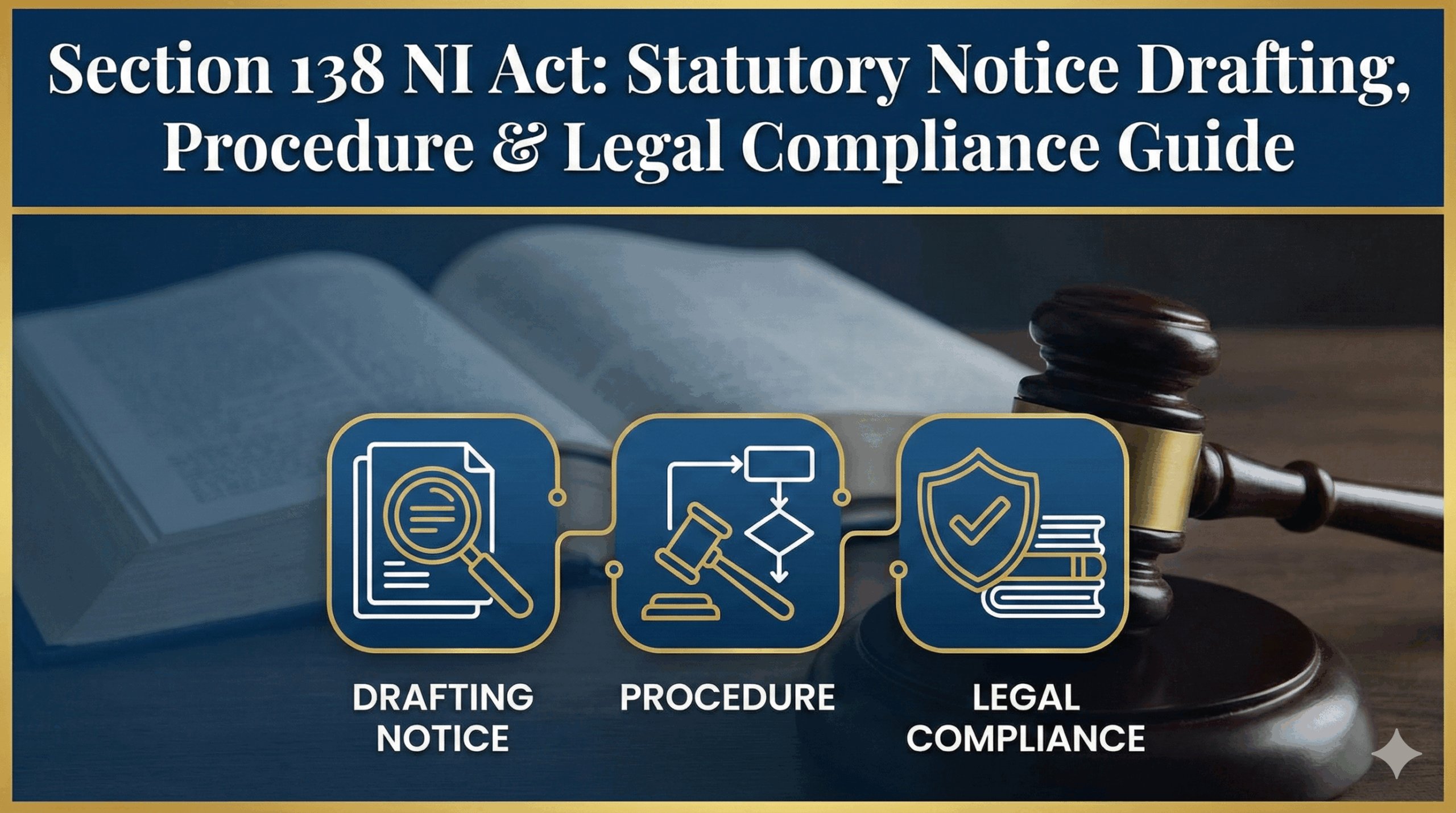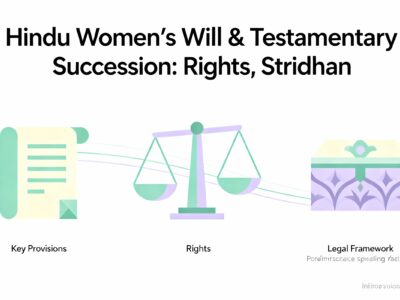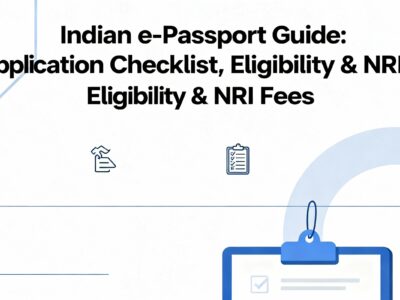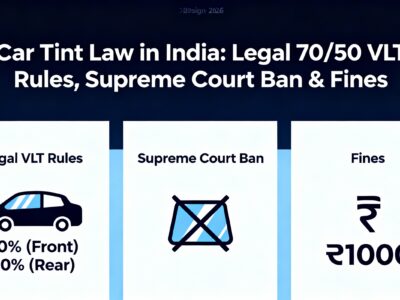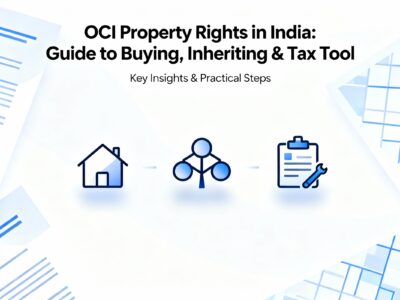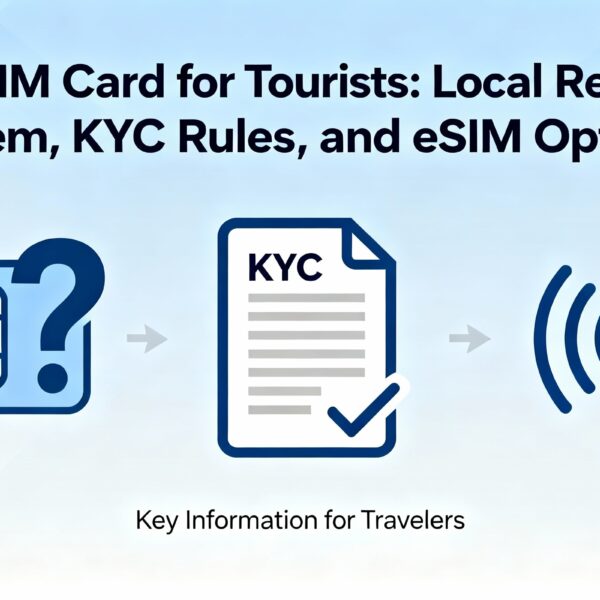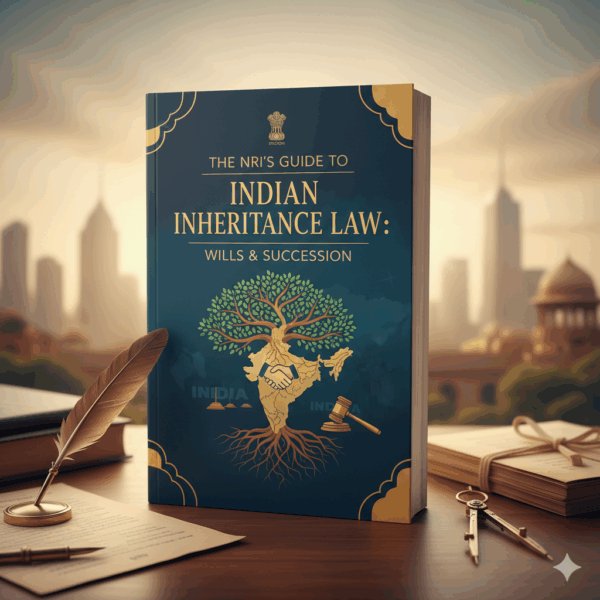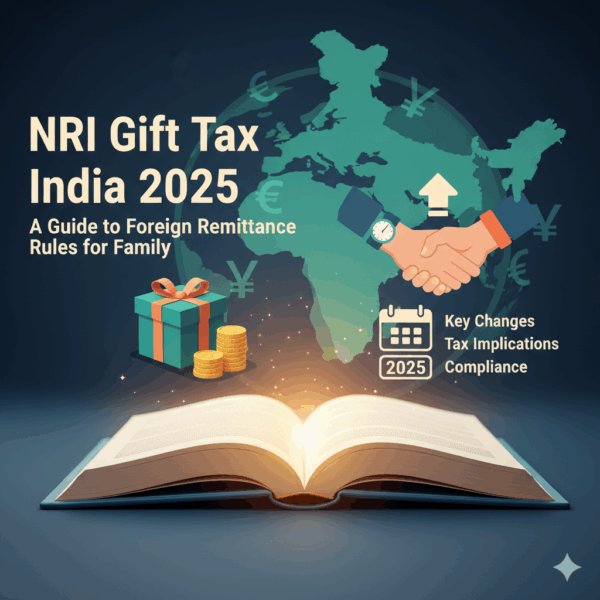Moving to a new country is a monumental step, filled with new opportunities and challenges. Amidst the excitement, a crucial question arises for many Indians relocating permanently: “What happens to my Employees‘ Provident Fund (EPF) savings?” The process of withdrawing this hard-earned money can seem daunting, filled with complex rules, confusing paperwork, and the infamous challenge of getting things done from overseas.
You are not alone in this. Many NRIs struggle to navigate the system, facing issues with outdated information, KYC mismatches, and the dreaded OTP problem when trying to log in from an international number.
This is why we created the definitive guide for 2025.
This comprehensive, step-by-step walkthrough demystifies the entire EPF and EPS withdrawal process for NRIs. We will guide you through every stage, from preparing your documents before you leave India to successfully repatriating the funds to your new home country. Consider this your single source of truth, covering:
- The Digital vs. Manual Paths: A clear guide on whether to file online or offline.
- Solving the OTP Challenge: Actionable hacks to authorize your claim from abroad.
- Taxation Explained: A deep dive into TDS, tax-free withdrawals, and using DTAA to your advantage.
- The Final Mile: A simple guide to the repatriation process under FEMA rules.
How NRIs Can Withdraw EPF Balance Abroad (2025 Rules) | Evaakil.com The Definitive NRI Guide to EPF Withdrawal (2025 Rules)
Permanently moving abroad? Unlock your Indian retirement savings with our step-by-step guide covering the new unified portal, tax laws, and repatriation rules.
First, The Essentials: Your Withdrawal Framework
EPF vs. EPS
Your savings have two parts: the main Provident Fund (Form 19) and the Pension Scheme (Form 10C). You must claim both.
The NRI Advantage
As an NRI moving permanently, you can withdraw your ENTIRE corpus immediately, without any waiting period after leaving your job.
UAN & KYC is Key
A UAN activated with verified Aadhaar, PAN, and Bank details is non-negotiable for a smooth online process.
NRO Account is a Must
EPFO will only transfer funds to an NRO (Non-Resident Ordinary) account. An NRE account will lead to rejection.
Your Step-by-Step Withdrawal Guide
Your "digital readiness" before leaving India determines your withdrawal method. This is not a choice, but a consequence of your KYC status. Select your path below.
The Digital Path: A Detailed Walkthrough
Step 1: The Pre-Flight Checklist (Crucial!)
Before anything else, log in to the UAN Member Portal. Verify your KYC status under 'Manage > KYC'. Ensure Aadhaar, PAN, and NRO Bank Account are all marked 'Verified'. Also, check 'View > Service History' to confirm your last employer has updated your 'Date of Exit' (DOE).
Step 2: Submit Claims (Form 19 & 10C)
Go to 'Online Services > Claim'. Verify your NRO bank account. First, select 'Only PF Withdrawal (Form 19)', fill details, and upload a scanned NRO cheque/passbook. Then, repeat the process for 'Only Pension Withdrawal (Form 10C)'.
Step 3: The OTP Challenge & Solution
To authorize each claim, you need an Aadhaar OTP sent to your Indian mobile number. The most reliable solution is to activate **international roaming** on your Indian SIM before you travel. This is a critical pre-departure step.
Step 4: Track Your Claim
After submission, save the reference numbers. You can monitor the progress under 'Online Services > Track Claim Status'. A "Settled" status means the funds are on their way to your NRO account.
The Manual Path: A Detailed Walkthrough
Step 1: Download and Fill the Form
Download the 'Composite Claim Form (Non-Aadhaar)' from the EPFO website. Fill it out completely, ensuring you state "Permanent settlement abroad" as the reason for leaving. Attach a self-attested copy of your NRO cancelled cheque.
Step 2: The Attestation Labyrinth (The Hardest Part)
Your form must be attested. This is typically done at the Indian Embassy/Consulate in your country of residence. You must book an appointment, appear in person, and sign the form before a Consular Officer. Check the specific embassy's website for their exact procedure, fees, and required documents (passport, visa, etc.).
Step 3: Courier to India & Follow Up
Send the original, attested form and all supporting documents via a tracked international courier to your jurisdictional EPFO office in India. Following up is difficult; use the EPFiGMS portal (see Advanced Topics section) for escalation if needed.
The Tax Question: Will You Pay TDS?
Taxation depends on your years of continuous service. Use our tool to understand your liability, but also be aware of the finer points.
Estimate Your TDS Deduction
DTAA Benefits
If your withdrawal is taxable, you may be able to claim a lower TDS rate under a Double Taxation Avoidance Agreement (DTAA) between India and your country of residence. This requires submitting a Tax Residency Certificate (TRC) and Form 10F to the EPFO.
Tax on Interest Post-Employment
Crucially, any interest credited to your EPF account *after* you stop working is taxable in India, regardless of your service tenure. This is a strong reason to withdraw your funds promptly after relocating.
The Final Mile: Getting Your Money Abroad
Withdrawing to your Indian NRO account is just step one. Repatriation is a separate process governed by FEMA and the RBI, with a limit of USD 1 Million per financial year.
1EPF Credit
EPFO settles your claim and transfers the funds to your NRO account in India.
2Engage a CA
A Chartered Accountant must issue Form 15CB to certify tax compliance.
3File Form 15CA
You must file this declaration on the Income Tax portal based on the CA's certificate.
4Bank Wire Transfer
Submit Forms 15CA/CB and Form A2 to your bank to initiate the international wire transfer.
Advanced Topics & Troubleshooting
Service > 10 Years: The EPS Scheme CertificateIf you have 10+ years of eligible service, you cannot withdraw your pension (EPS) amount as a lump sum. Instead, the EPFO will issue a 'Scheme Certificate'. This certificate holds your pensionable service record, allowing you to claim a monthly pension from the EPFO after you turn 50 (reduced pension) or 58 (full pension). This means your "final" settlement isn't entirely final for the pension component.
Stuck? How to Use the EPFO Grievance Portal (EPFiGMS)If your claim is delayed or unfairly rejected, the EPFiGMS portal is your best tool for escalation from abroad. Visit `epfigms.gov.in`, register a grievance using your UAN, clearly describe the issue (e.g., OTP problem, claim rejection), and upload supporting evidence. This creates a formal, trackable complaint that the EPFO is obligated to address.
Your Consolidated Document Checklist
Document Purpose UAN, Aadhaar, PAN Core KYC for identity, tax, and online verification. Passport & Foreign Visa/Permit Proof of NRI status for claim eligibility and consular attestation. NRO Bank Cheque/Passbook For receiving the EPF funds. Must be linked to your UAN. Composite Claim Form (Non-Aadhaar) The physical form for the offline withdrawal process. Forms 15CA & 15CB Tax compliance documents for repatriating funds from NRO account. Tax Residency Certificate (TRC) To claim lower tax rates under a DTAA, if applicable. Feeling Overwhelmed?
The process can be complex. Evaakil.com connects you with verified legal and financial experts in India to manage your EPF withdrawal, taxation, and repatriation seamlessly.
Schedule a Free Consultation


